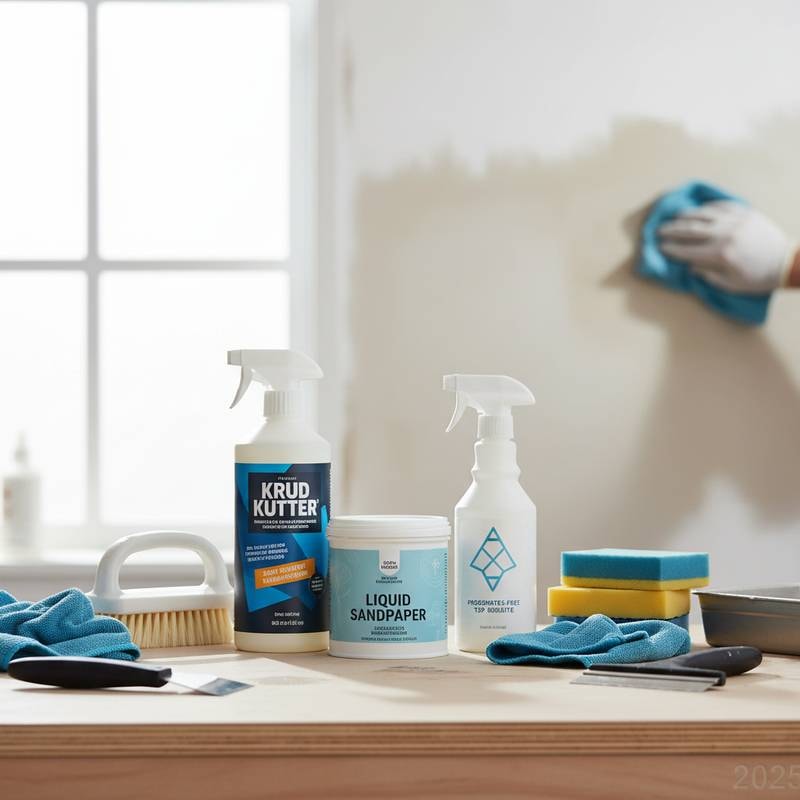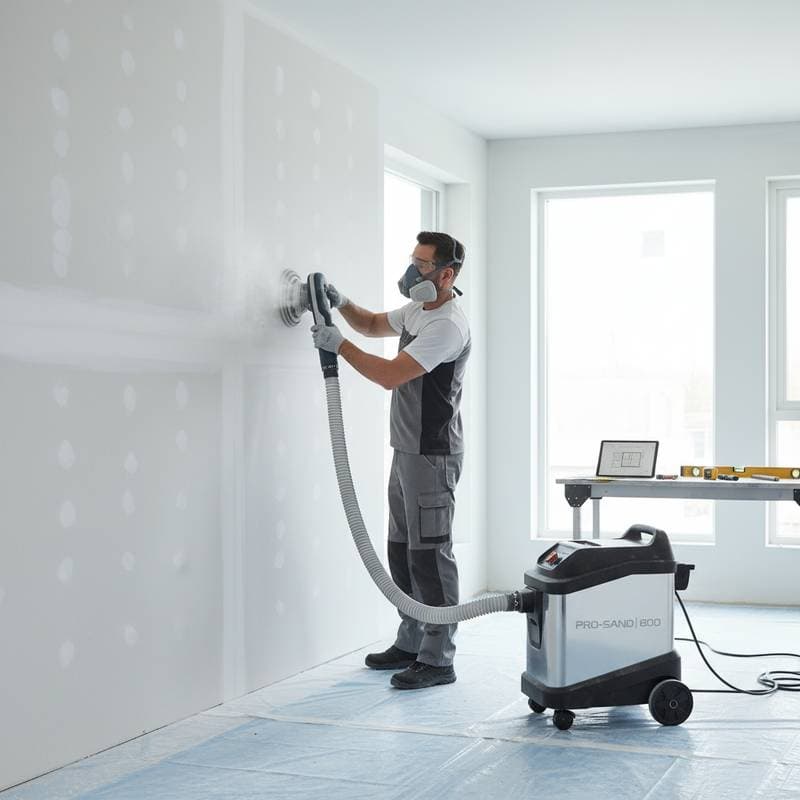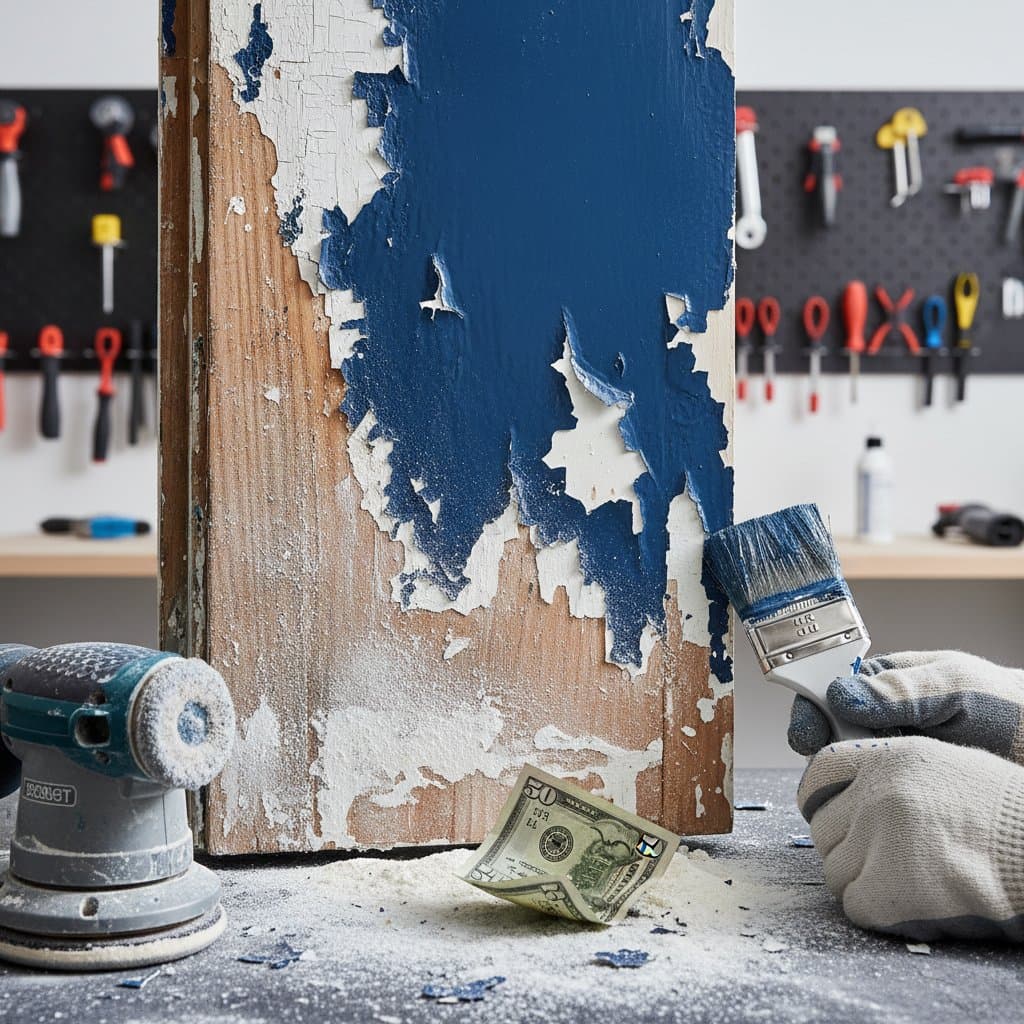Understanding TSP and the Need for Alternatives
Trisodium phosphate, commonly known as TSP, has long served as a powerful cleaner for preparing surfaces before painting. It removes grease, grime, and gloss effectively, ensuring strong paint adhesion. However, environmental concerns over its phosphate content have led to bans or restrictions in many regions, prompting the search for safer options.
Phosphate runoff from TSP contributes to water pollution and algal blooms, making it a target for regulation. Painters now rely on eco-friendly alternatives that deliver comparable results without the ecological impact. These substitutes clean, degloss, and prepare surfaces for paint while being easier to use and dispose of responsibly.
Selecting the right alternative depends on the project scale, surface type, and budget. The following sections outline the top five options, each proven to achieve professional-grade adhesion.
1. Krud Kutter Original Cleaner/Deglosser
Krud Kutter stands out as a versatile, all-purpose cleaner that tackles tough residues without harsh chemicals. This phosphate-free formula dissolves oils, waxes, and dirt on walls, cabinets, and trim. Apply it with a sponge or cloth, agitate gently, and wipe clean; it requires no rinsing in most cases.
Professionals favor Krud Kutter for its efficiency on glossy surfaces. It dulls the finish slightly to promote adhesion, reducing the need for sanding. For best results, wear gloves and ensure good ventilation during application.
2. Simple Green All-Purpose Cleaner
Simple Green offers a biodegradable solution ideal for general surface cleaning before painting. Dilute it according to the label instructions, spray or wipe it on, and rinse thoroughly to avoid any residue. This cleaner excels at removing everyday grime without etching the surface aggressively.
It proves particularly useful for large areas like walls or ceilings where speed matters. Follow up with light sanding if the surface retains gloss. Users appreciate its non-toxic profile, making it suitable for indoor projects with minimal fumes.
3. Denatured Alcohol
Denatured alcohol provides a simple, inexpensive option for degreasing and light deglossing. Soak a lint-free cloth in the alcohol and wipe the surface in circular motions to lift contaminants. Allow it to evaporate completely before painting, as it leaves no residue.
This method works well on metal, wood, or previously painted surfaces. It evaporates quickly, saving time, but may require multiple applications on heavily soiled areas. Combine it with sanding for optimal dulling on shiny finishes.
4. White Vinegar Solution
A homemade alternative, white vinegar mixed with water (1:1 ratio) effectively cuts through grease and soap scum. Spray the solution on the surface, let it sit for five to ten minutes, then scrub and rinse. Its natural acidity helps break down residues without phosphates.
This option suits budget-conscious projects and eco-focused painters. It performs best on non-porous surfaces but may need supplementation with sanding for glossy paints. Always test in an inconspicuous area to ensure compatibility.
5. Liquid Sandpaper (Deglossing Solution)
Liquid sandpaper, available from brands like Klean-Strip or Jasco, chemically etches glossy surfaces to create a paint-friendly texture. Apply it evenly with a cloth, wait the recommended time for it to work, then wipe away excess. No rinsing or dust generation occurs, simplifying the process.
This product delivers professional results on cabinets, trim, and furniture where adhesion failures prove expensive. It saves labor compared to traditional sanding, though ventilation remains essential due to its solvent base.
Matching Alternatives to Your Budget
Effective paint preparation fits any financial plan. Consider these tiers to align tools with your resources.
- Low Budget: Opt for denatured alcohol or a vinegar solution paired with fine-grit sanding sponges. These require minimal investment and basic tools, yet yield reliable cleaning and dulling.
- Mid Budget: Choose Krud Kutter or similar one-step cleaners. They reduce preparation time and eliminate the need for multiple products, offering value through efficiency.
- Higher Budget: Invest in liquid sandpaper or premium deglossers for consistent, rapid results on complex projects like cabinetry or extensive trim work.
Each approach leads to a surface primed for durable paint adhesion and lasting beauty.
Testing and Maintaining Your Preparations
Uncertainty about a product's performance warrants caution. Begin with a small test area, such as the back of a door or a hidden corner. Apply the cleaner, observe the dulling effect and drying time, then proceed to larger sections once satisfied.
Post-painting maintenance preserves the finish. Clean surfaces regularly with mild soap and water to prevent buildup. Steer clear of abrasive or chemical-heavy cleaners that might compromise the paint layer.
Achieving Enduring Paint Results
A well-prepped surface transforms a painted space into a durable feature. Proper alternatives minimize peeling, fading, and repainting needs, ensuring colors remain vibrant over time.
Industry shifts away from TSP foster innovation in safer products. Embrace these advancements to secure flawless adhesion through straightforward steps: clean, dull, paint, and sustain the quality.



